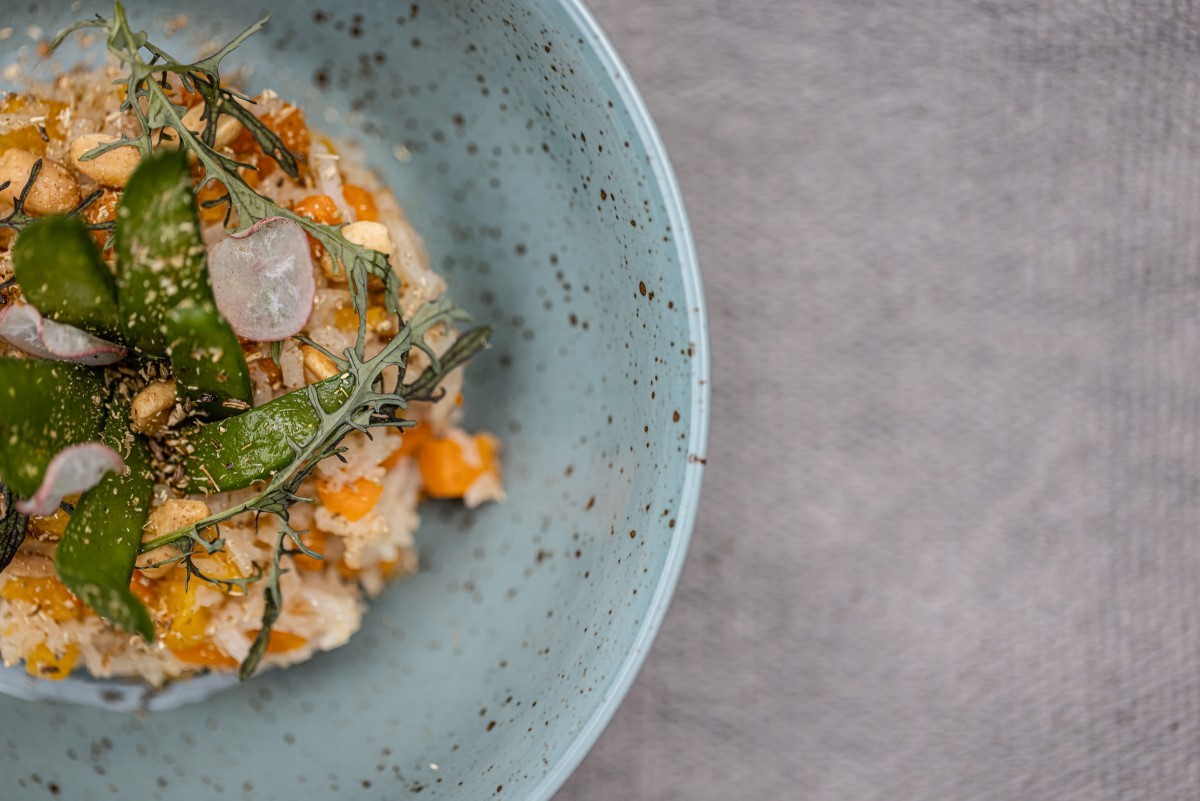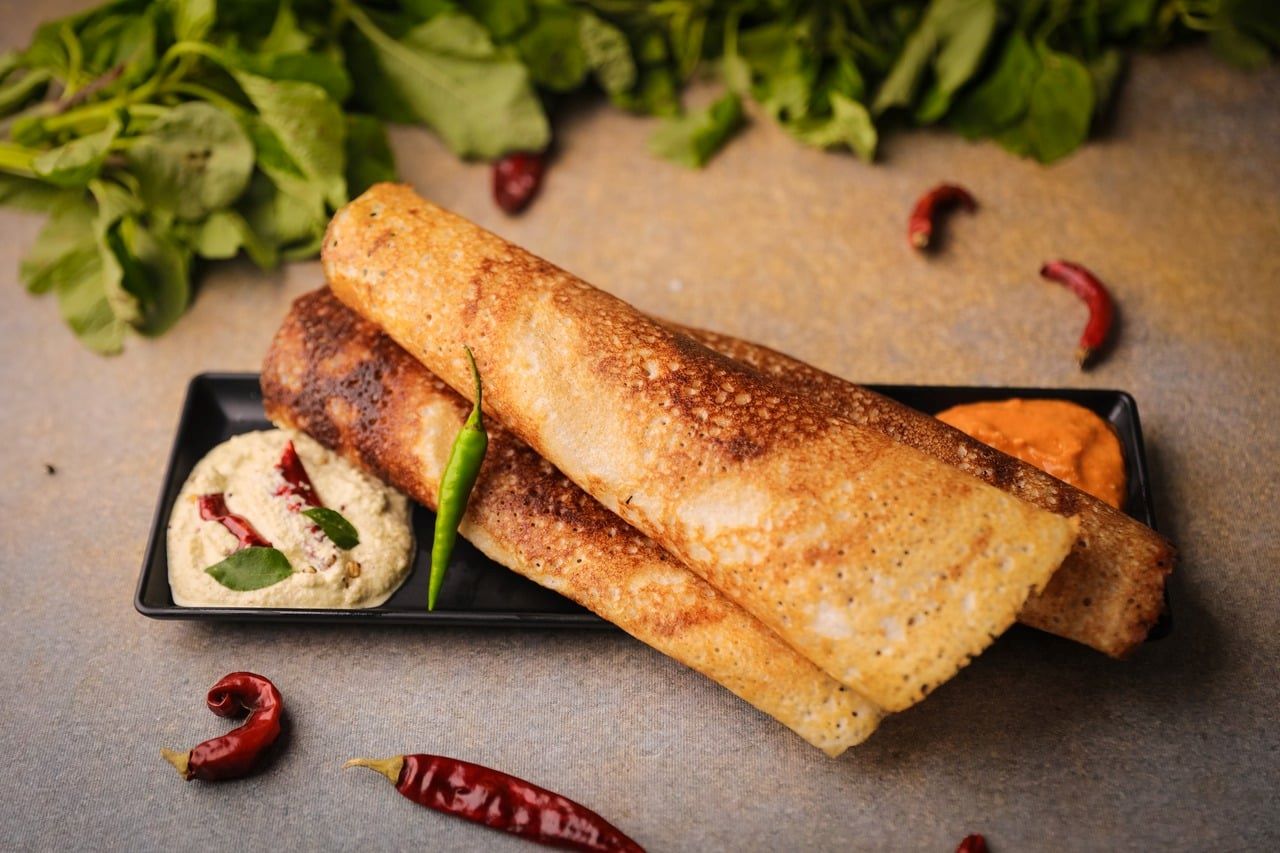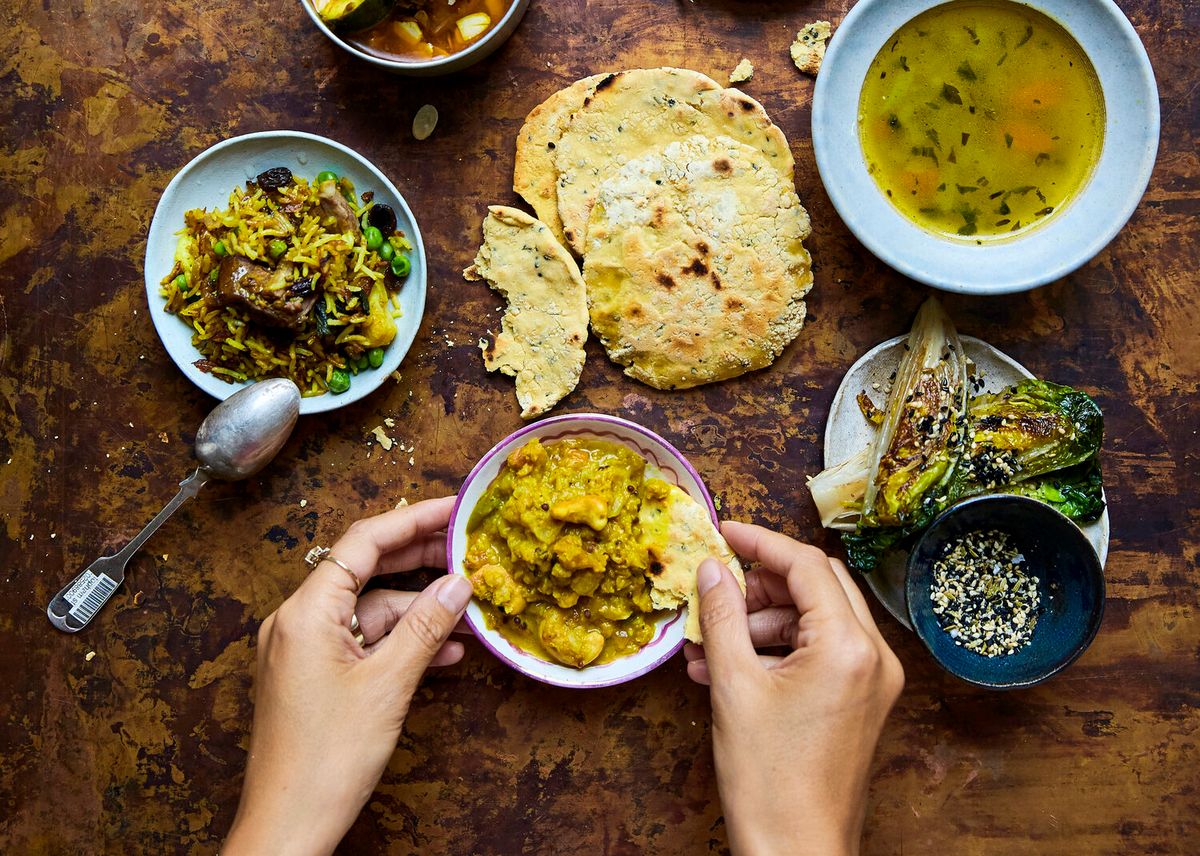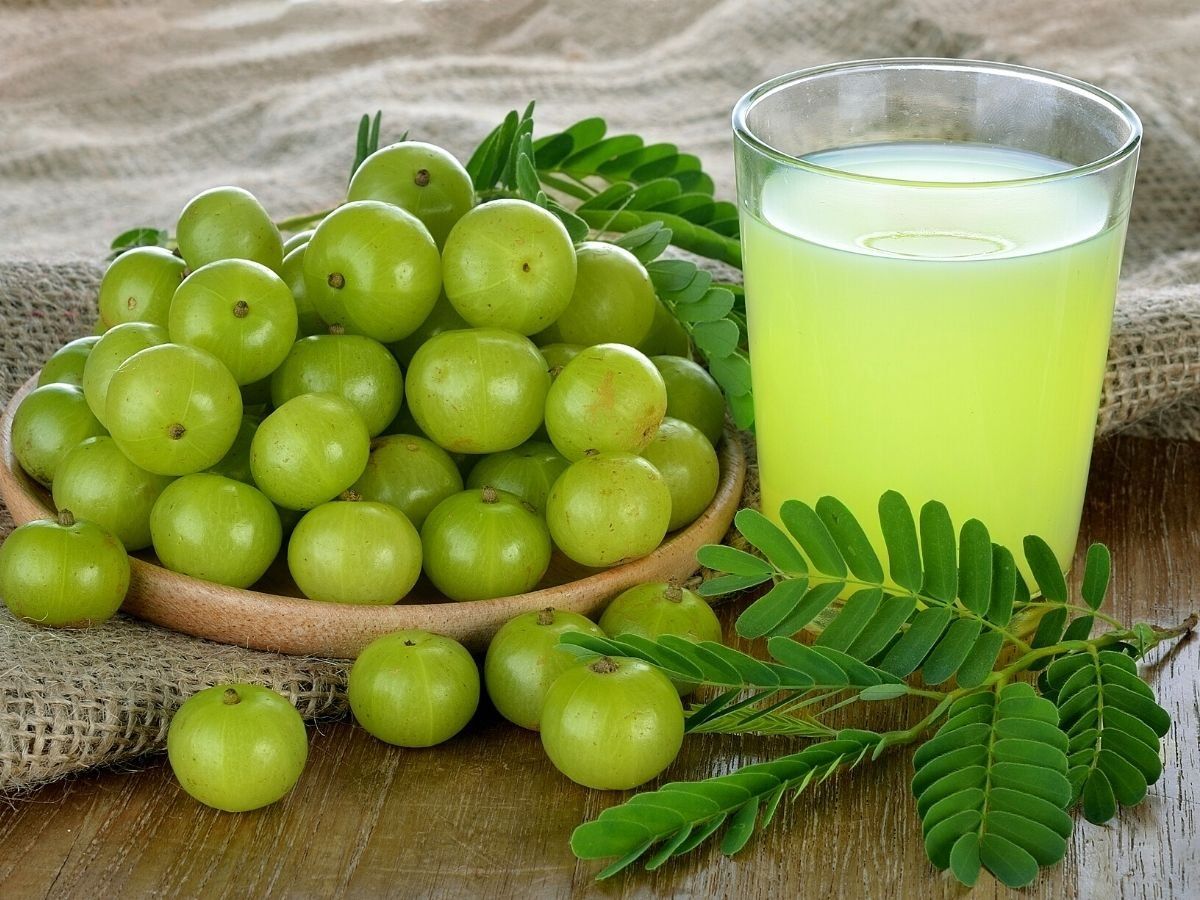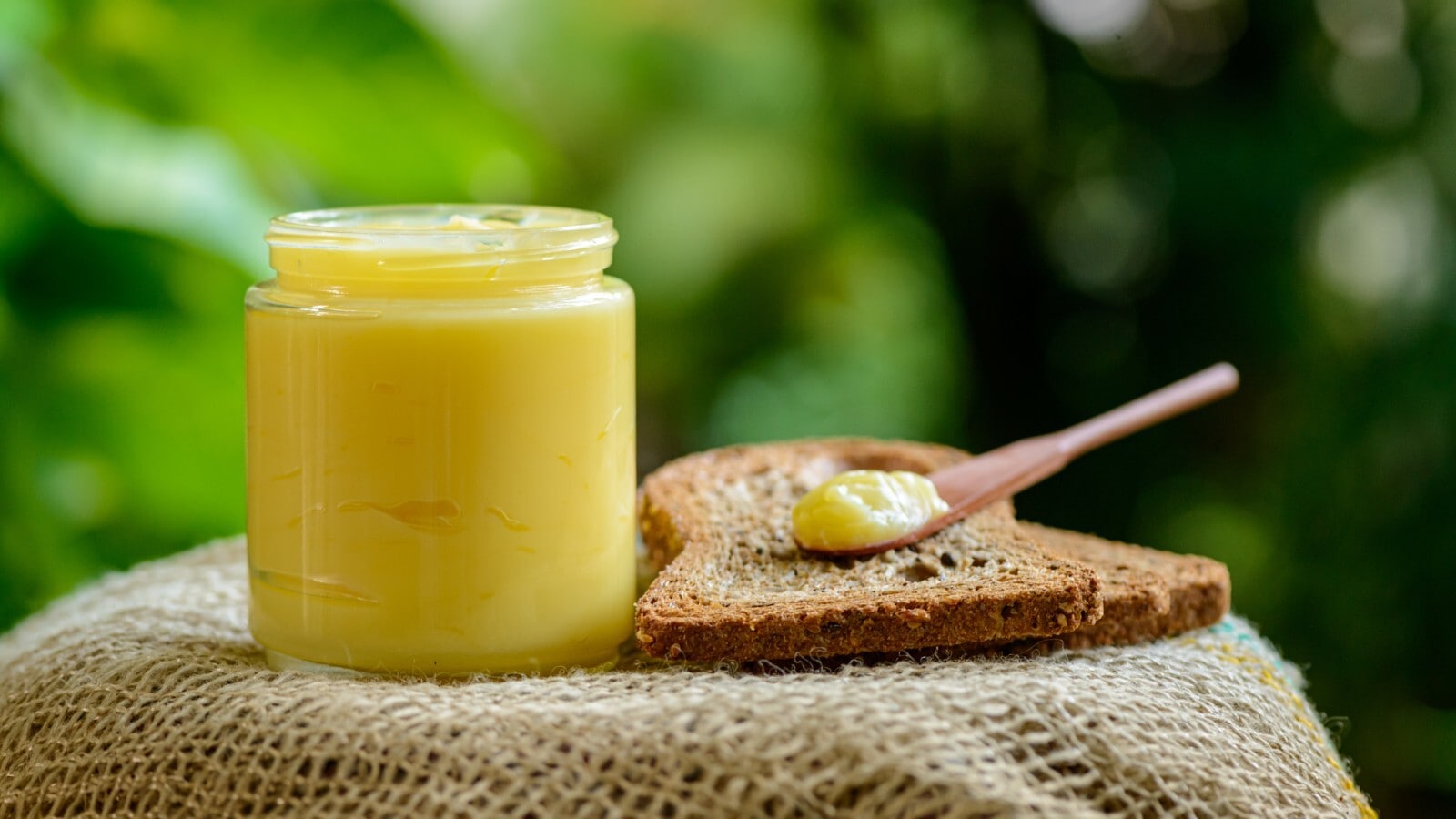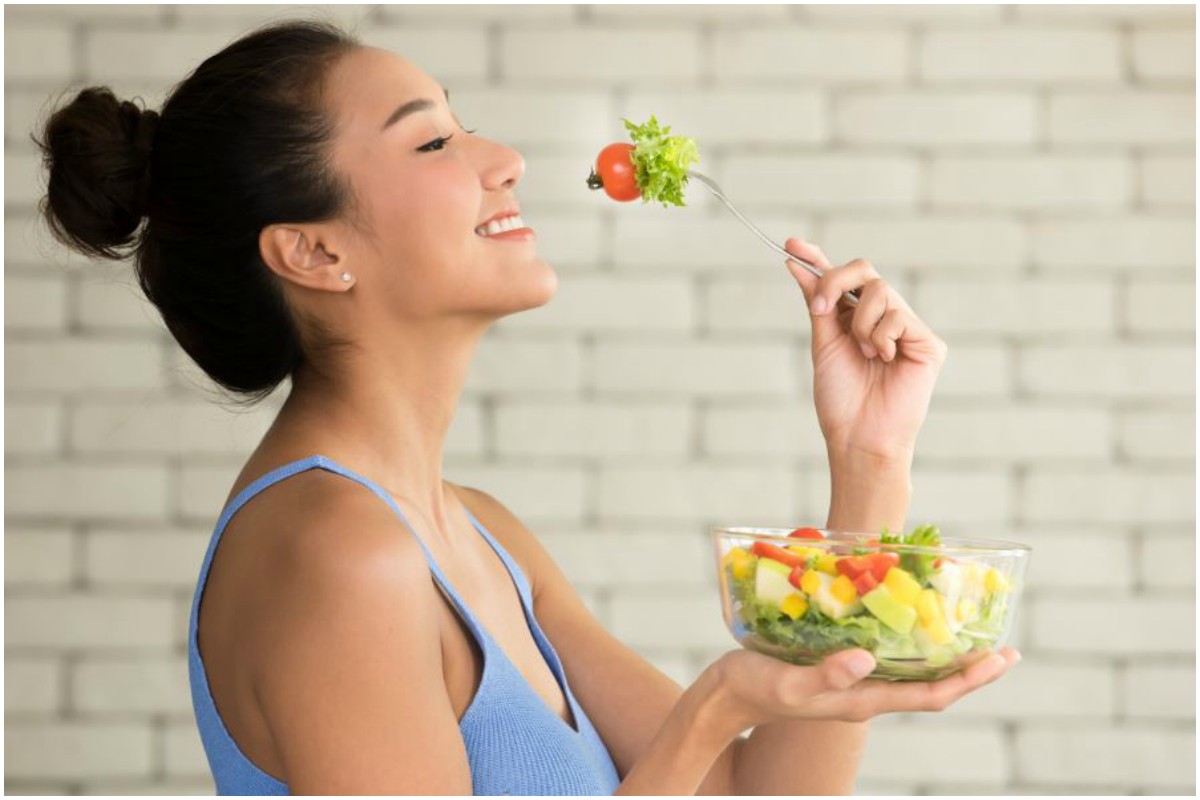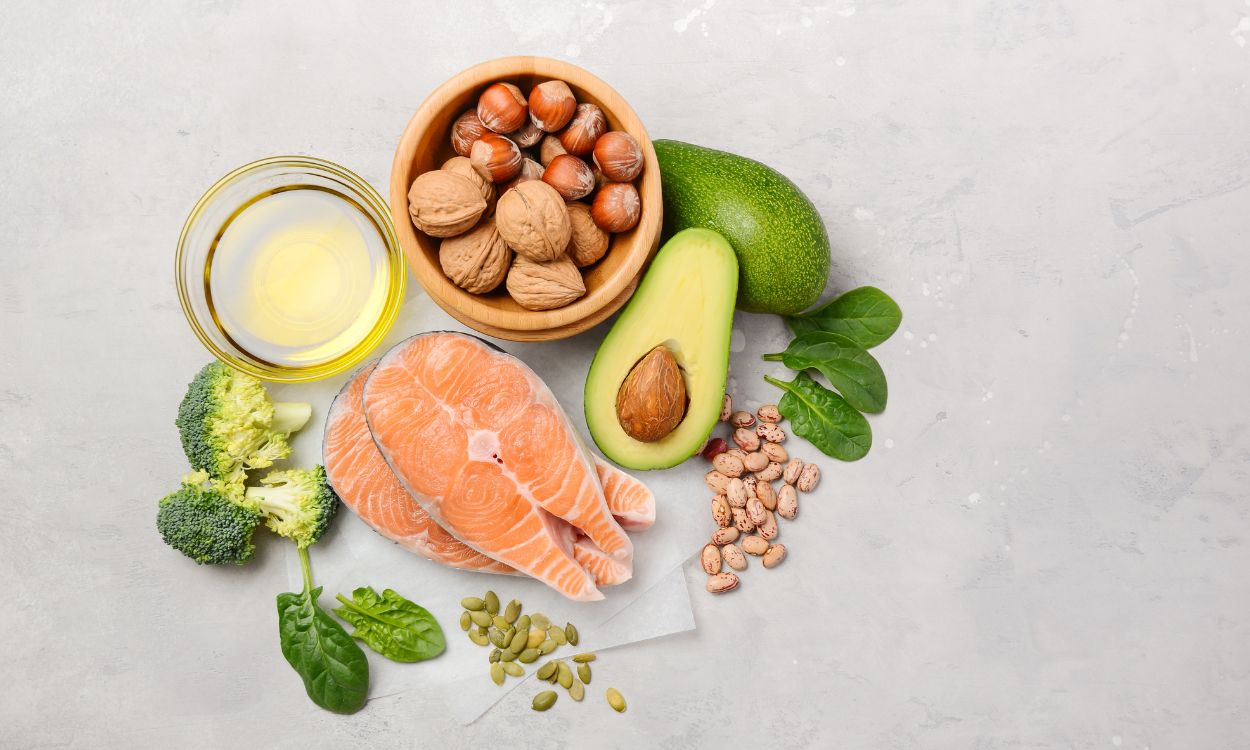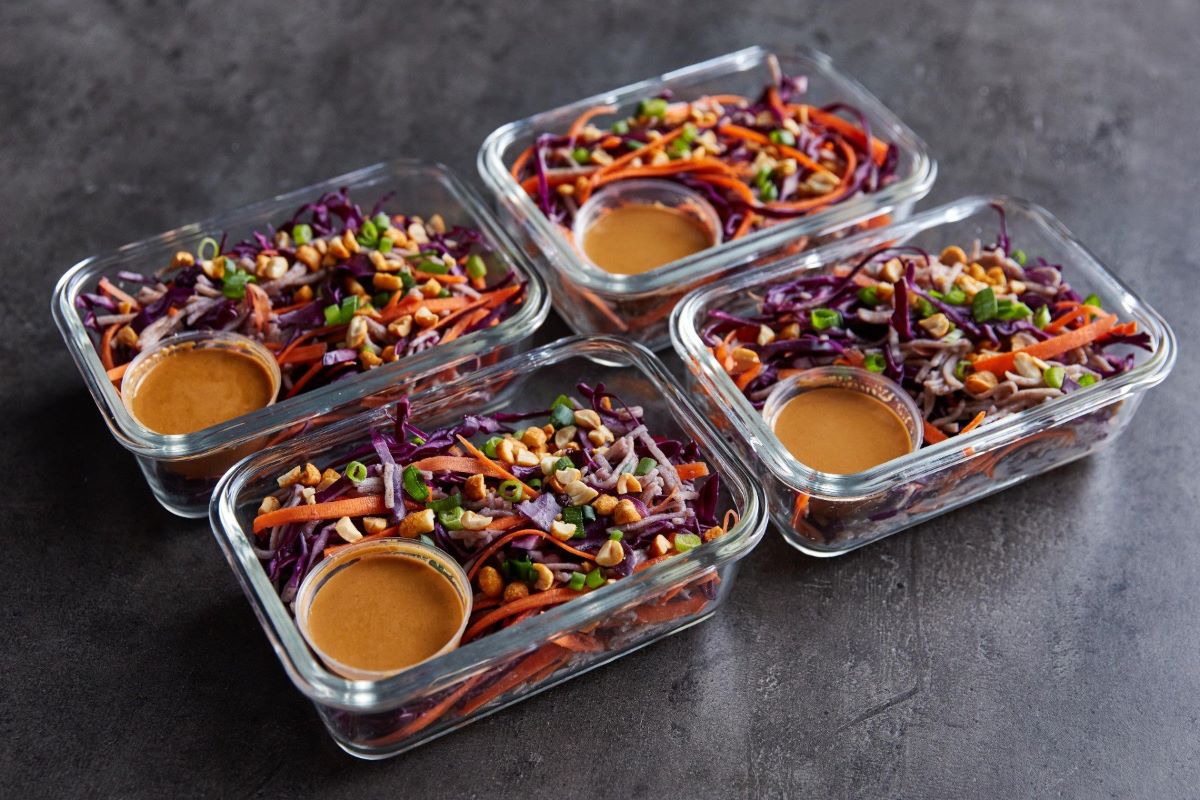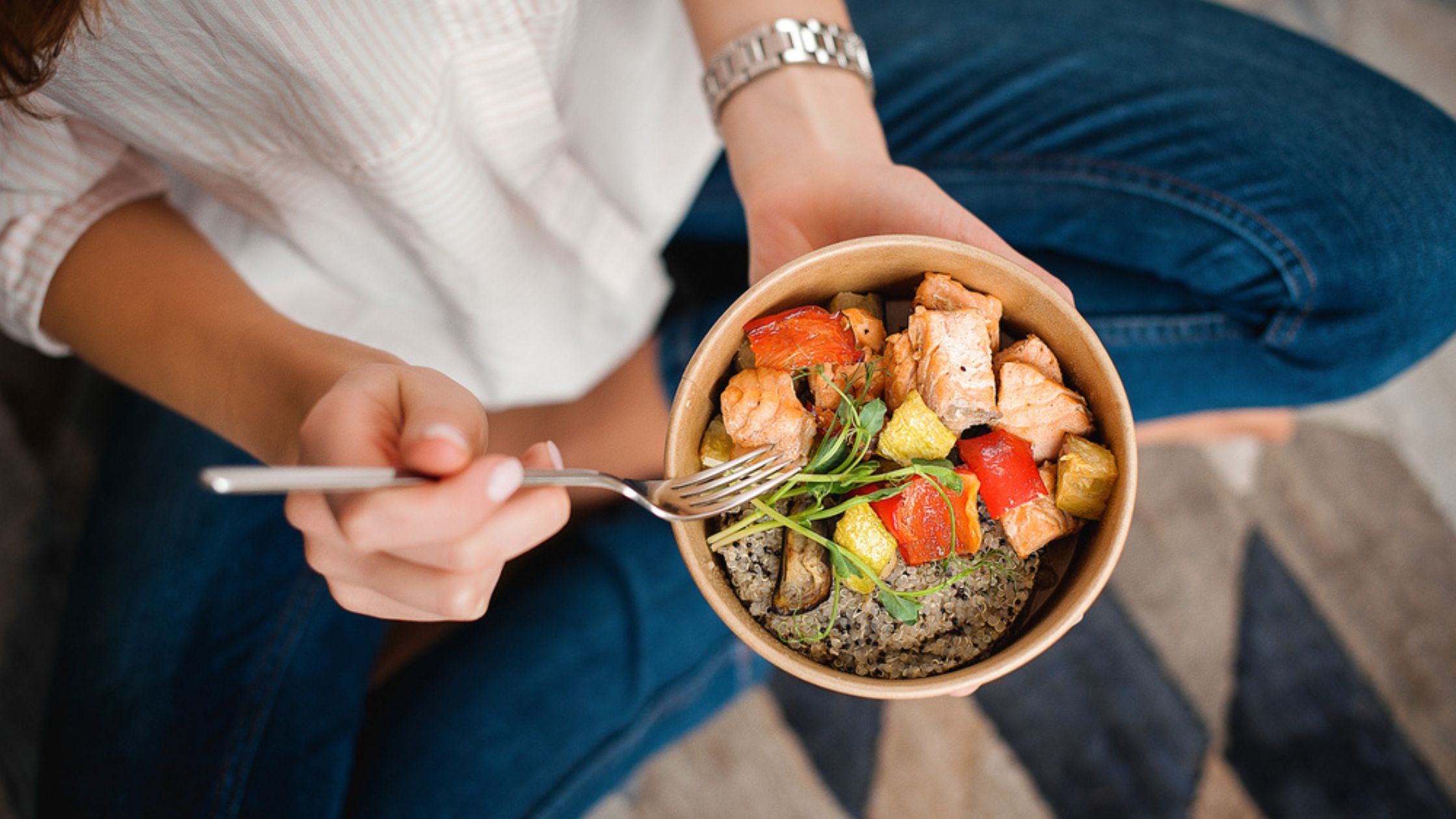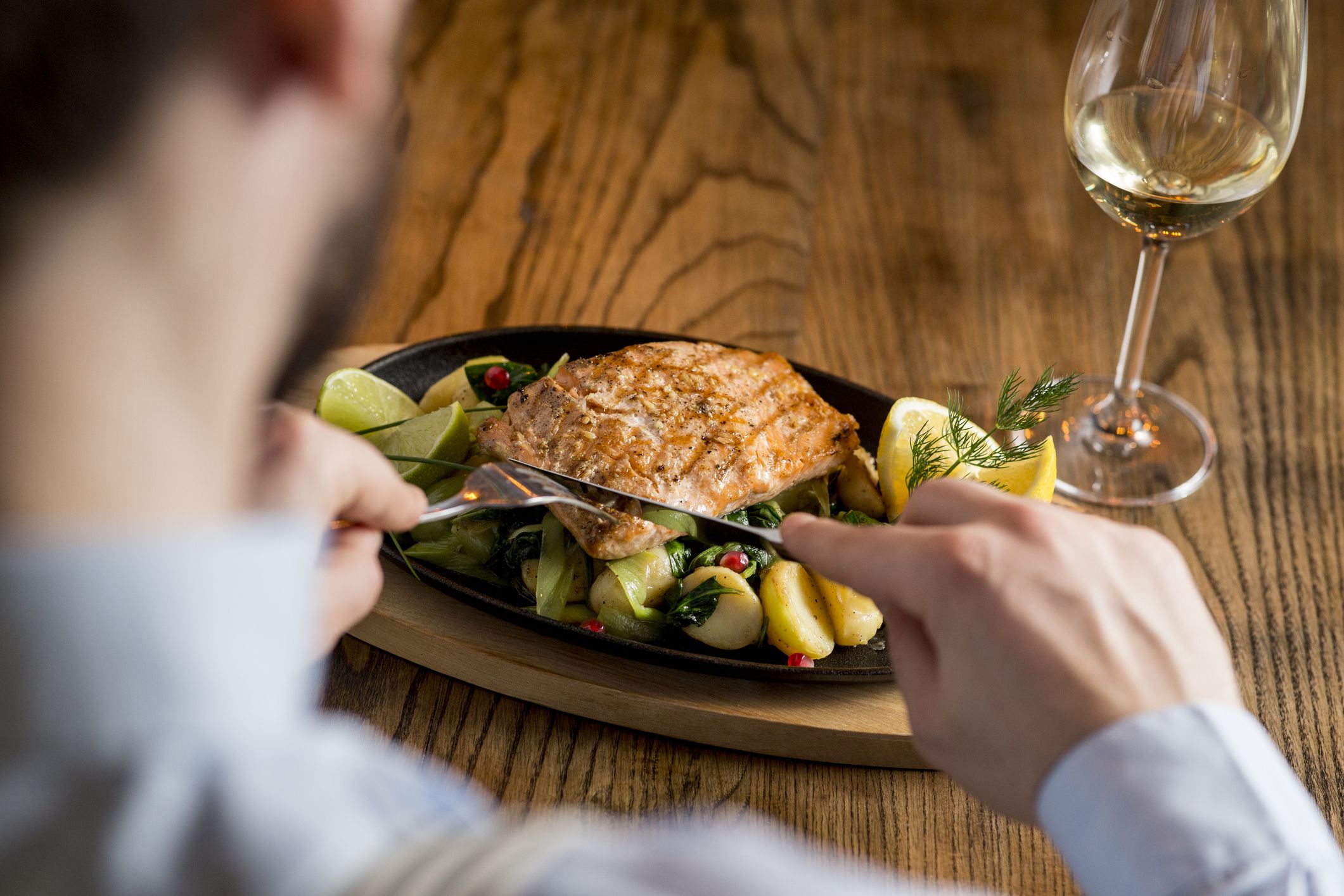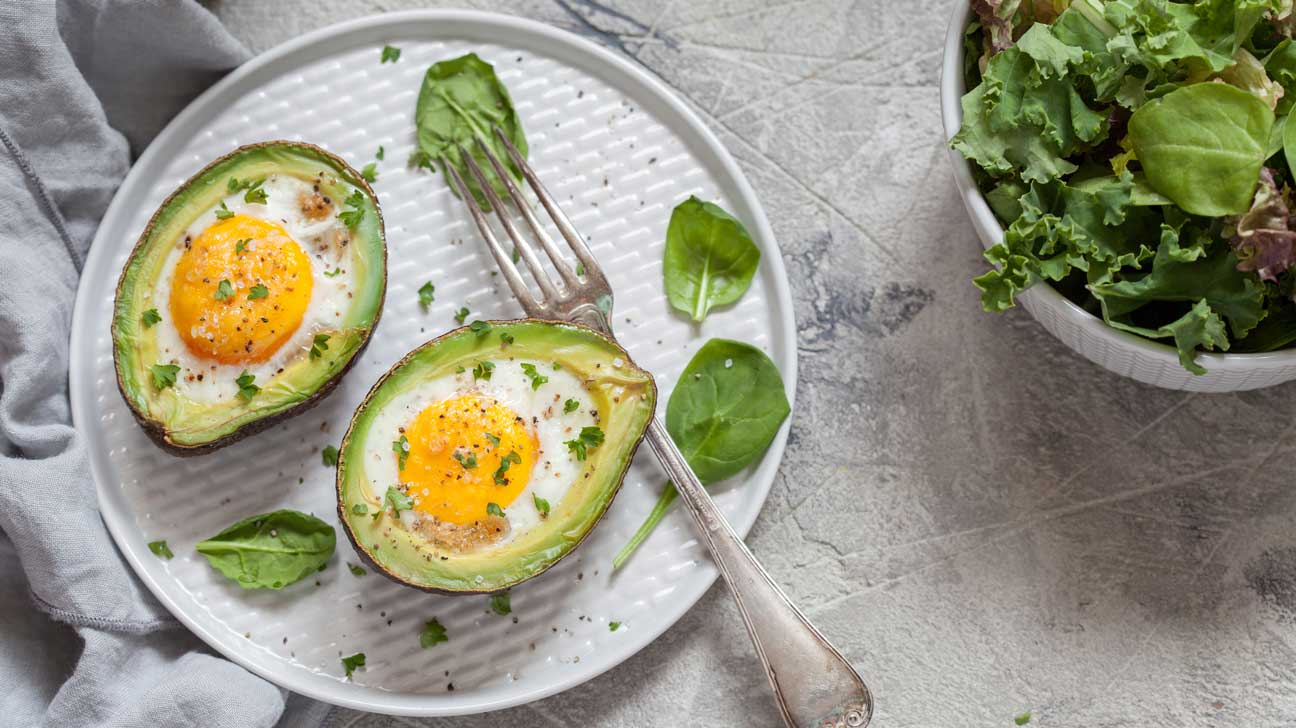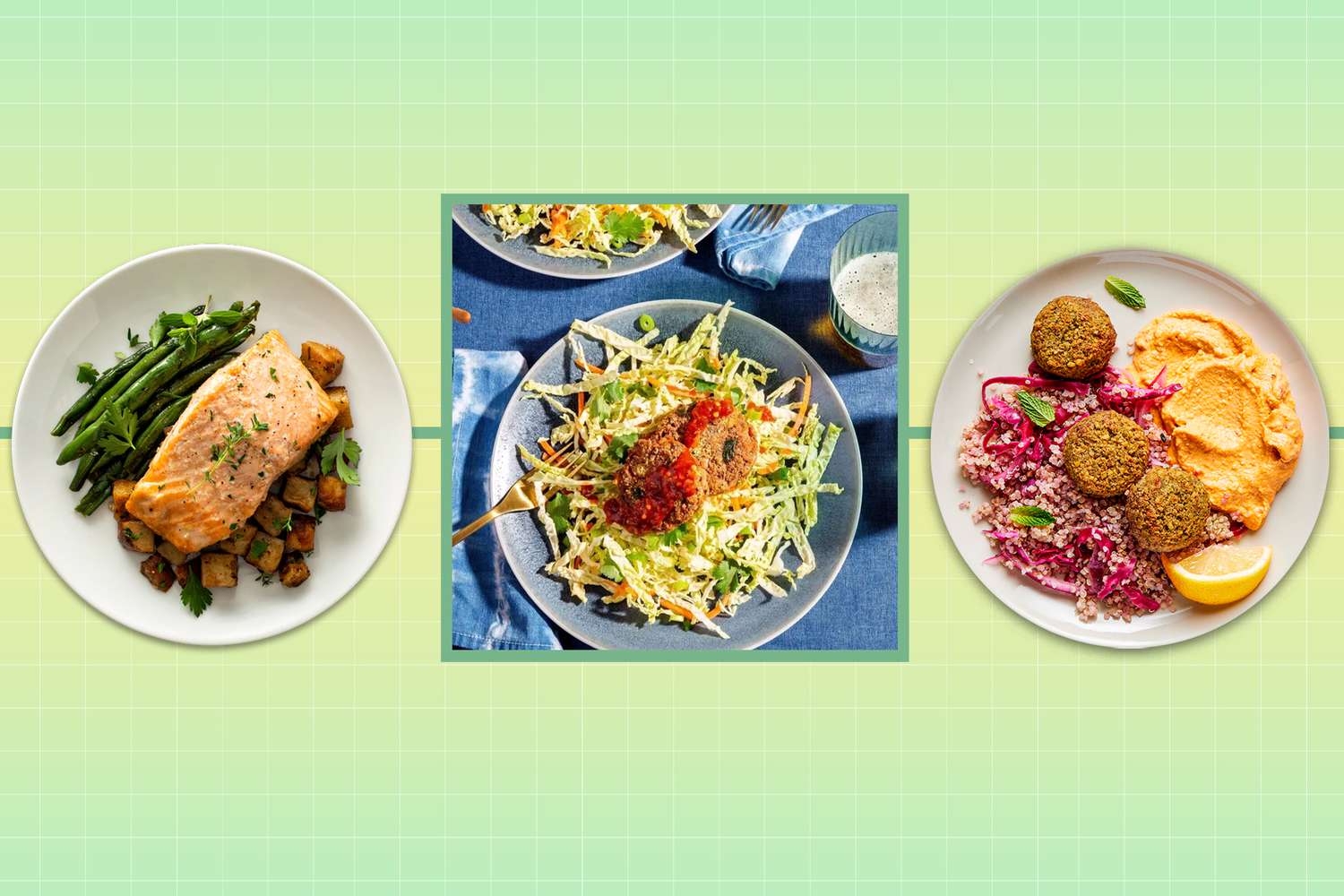Understanding High Pitta and Low Vata
If you are someone who has a high pitta and low vata constitution, it’s important to understand how these doshas can affect your body and mind. Pitta is associated with fire and is responsible for digestion, metabolism, and energy production. When pitta is high, it can lead to symptoms such as inflammation, heartburn, and irritability. Vata, on the other hand, is associated with air and is responsible for movement and creativity. When vata is low, it can lead to symptoms such as anxiety, dry skin, and digestive issues.
How to Eat for High Pitta and Low Vata
When it comes to eating for high pitta and low vata, it’s important to focus on foods and habits that can help balance these doshas. Here are some tips to help you eat in a way that supports your constitution:
- Emphasize Cooling Foods: Since pitta is associated with fire, it’s important to focus on cooling foods that can help balance this dosha. Some examples of cooling foods include cucumbers, melons, and leafy greens.
- Avoid Spicy Foods: Spicy foods can aggravate pitta, so it’s best to avoid them if you have a high pitta constitution. Instead, opt for milder spices and herbs such as coriander, fennel, and mint.
- Stay Hydrated: Drinking plenty of water can help keep pitta in check. Coconut water and aloe vera juice are also great options for staying hydrated and cooling the body.
- Include Nourishing Fats: Healthy fats such as ghee, coconut oil, and avocados can help nourish the body and support low vata. These fats can also help balance pitta when used in moderation.
- Focus on Grounding Foods: To support low vata, it’s important to include grounding foods such as root vegetables, whole grains, and warm soups in your diet.
- Practice Mindful Eating: Taking the time to eat mindfully can help support both pitta and vata. Chew your food thoroughly, eat in a peaceful environment, and avoid eating when stressed or on the go.
Additional Tips for Balancing High Pitta and Low Vata
In addition to focusing on your diet, there are other lifestyle habits that can help balance high pitta and low vata:
- Manage Stress: Stress can aggravate both pitta and vata, so it’s important to find ways to manage stress such as yoga, meditation, and deep breathing exercises.
- Establish a Routine: Creating a daily routine can help support low vata and provide a sense of stability for high pitta. Try to go to bed and wake up at the same time each day, and schedule regular meal times.
- Engage in Gentle Exercise: Engaging in gentle exercise such as walking, swimming, or restorative yoga can help balance both pitta and vata without overstimulating the body.
- Get Plenty of Rest: Adequate rest is essential for balancing both pitta and vata. Aim for 7-8 hours of sleep each night and consider taking short breaks throughout the day to rest and recharge.
Conclusion
By focusing on cooling, nourishing foods and incorporating lifestyle habits that support balance, you can effectively eat for high pitta and low vata. Remember that everyone’s constitution is unique, so it’s important to listen to your body and make adjustments as needed. By making conscious choices about what you eat and how you live, you can support your overall health and well-being.
Was this page helpful?
Samyak Online Services Pvt. Ltd.
Samyak Online in New Delhi is the premier choice to hire the dedicated experienced Volusion developer. The proven proficiency in advanced Volusion development techniques, awareness of the latest ecommerce business trends, quality assurance, excellent support etc make it different.
